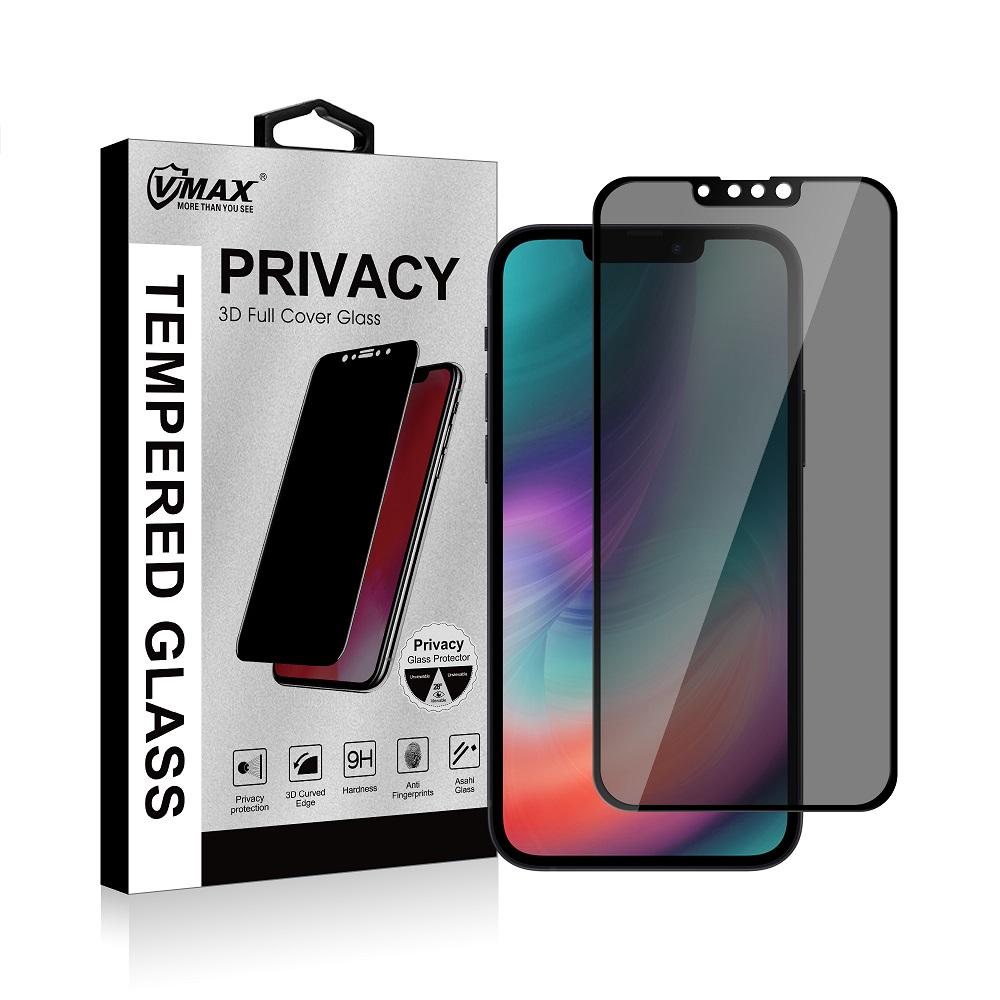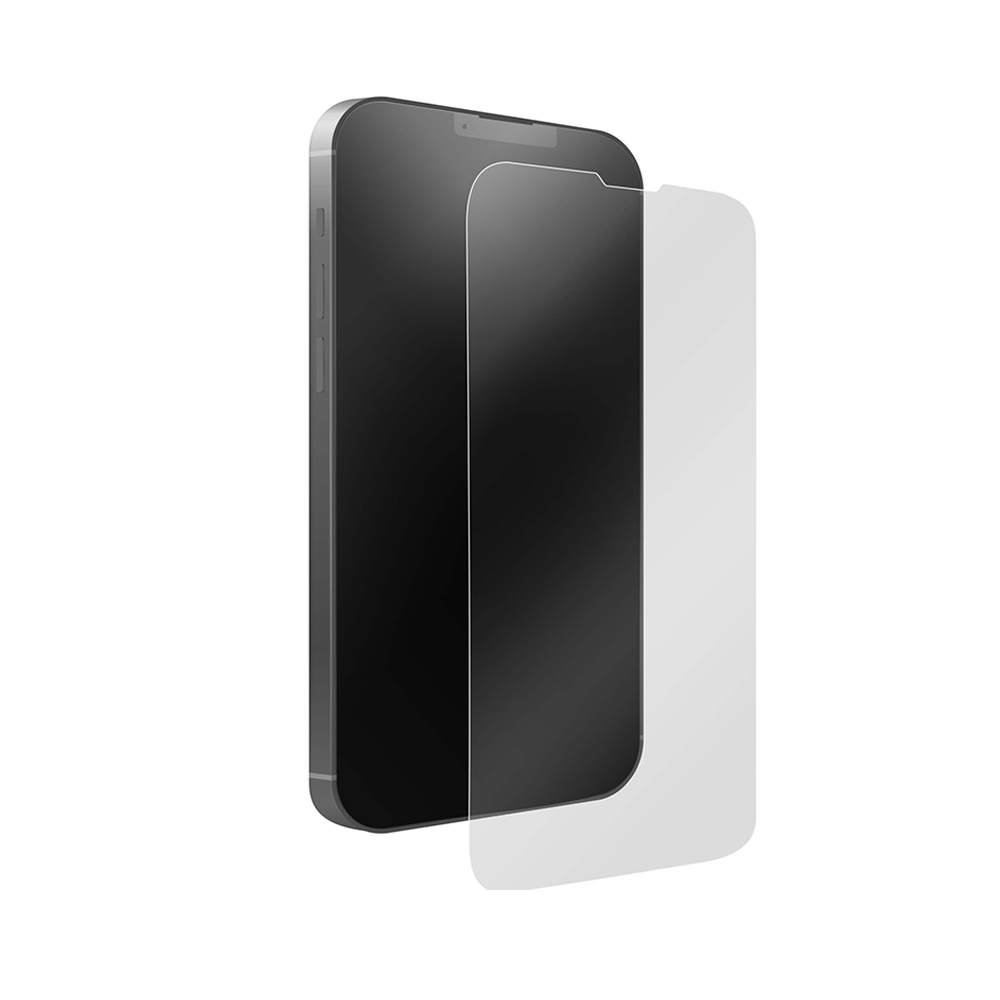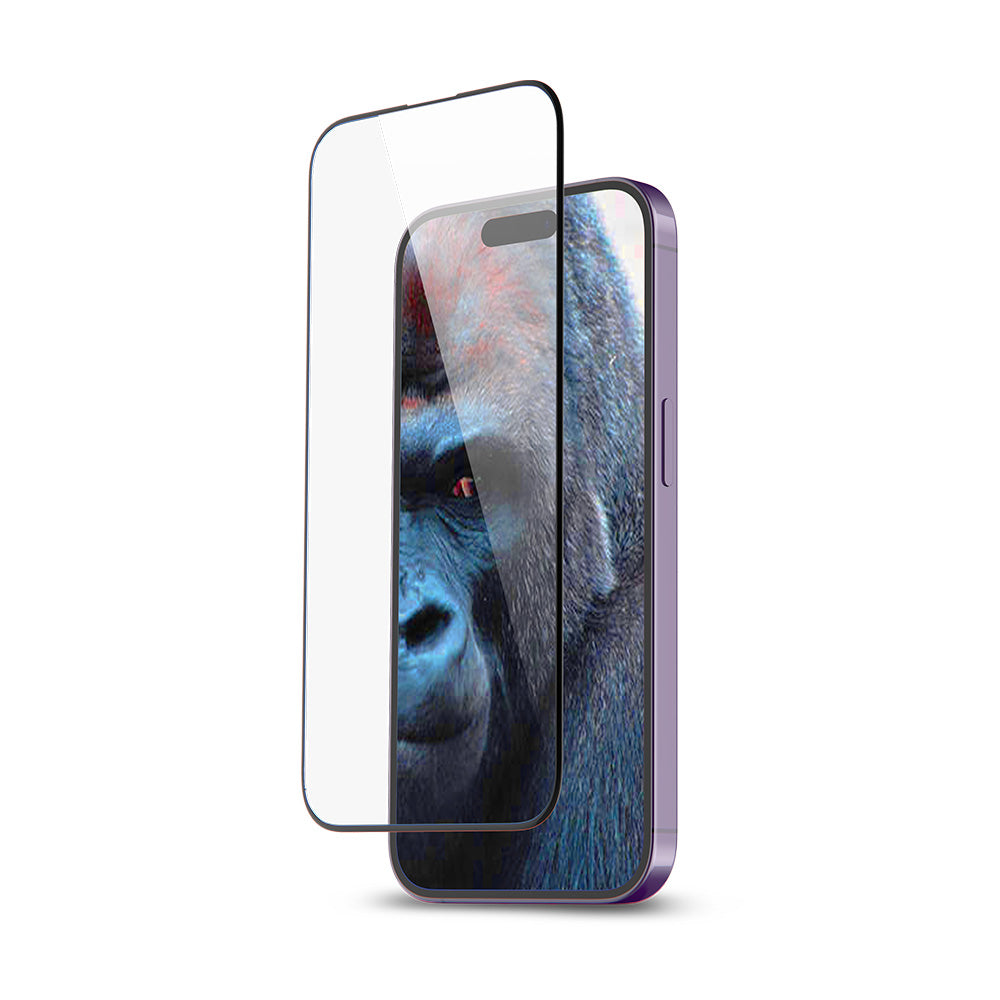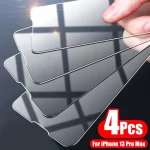Screen protectors are essential for keeping your devices’ screens free from scratches, smudges, and other damage. However, over time, the sticky side of a screen protector can attract dust, dirt, and other debris, which can impact its effectiveness and appearance. Cleaning the sticky side of a screen protector requires a careful approach to ensure that the protector remains adhesive and functional. In this comprehensive guide, we’ll explore various methods and tips for cleaning the sticky side of a screen protector effectively.
Understanding the Sticky Side of a Screen Protector
The Role of the Sticky Side
The sticky side of a screen protector is the part that adheres to your device’s screen. It is coated with a special adhesive designed to create a strong bond while still allowing for easy removal and reapplication. This adhesive is sensitive to contamination and can lose its effectiveness if not properly maintained. Dust, oil, and dirt can accumulate on this side, leading to poor adhesion and a compromised protective layer.
Common Issues with the Sticky Side
Over time, various issues can arise with the sticky side of a screen protector. Common problems include dust particles getting trapped under the protector, grease or oil smudges, and general wear and tear. These issues can affect the protector’s clarity and its ability to stick properly to the screen. Understanding these problems is crucial for selecting the appropriate cleaning method and maintaining the protector’s effectiveness.

Preparing to Clean the Sticky Side
Gather Necessary Supplies
Before you begin cleaning, it’s essential to gather the right supplies. You’ll need a few basic items to ensure a successful cleaning process. These include a microfiber cloth, distilled water, a mild soap solution, and possibly a specialized screen cleaner. Avoid using harsh chemicals, abrasive materials, or paper towels, as these can damage the adhesive or leave residues on the protector.
Assessing the Condition of the Screen Protector
Take a moment to inspect the condition of your screen protector before cleaning. Determine the extent of the contamination and decide if a thorough cleaning is necessary or if a quick touch-up will suffice. For minor dust or smudges, a gentle cleaning may be sufficient, while more significant buildup may require a more comprehensive approach.
Cleaning Techniques for the Sticky Side
Dry Cleaning Method
The dry cleaning method is a simple and effective way to remove loose dust and debris from the sticky side of a screen protector. Here’s how you can do it:
- Use a Microfiber Cloth: Gently wipe the sticky side of the screen protector with a clean microfiber cloth. This type of cloth is designed to lift dust and dirt without scratching or leaving residues.
- Avoid Abrasive Materials: Ensure that the cloth is free of any debris that could scratch the surface. Do not use paper towels or rough fabrics, as these can cause damage.
- Wipe in One Direction: To avoid pushing debris around, wipe the cloth in one direction, rather than using a circular motion.
The dry cleaning method is particularly useful for routine maintenance and for keeping the sticky side free from loose particles.

Wet Cleaning Method
For more stubborn residue or oily smudges, a wet cleaning method may be necessary. Follow these steps for effective cleaning:
- Prepare a Cleaning Solution: Mix a small amount of distilled water with a few drops of mild soap. Avoid using tap water, as it may contain impurities that could leave residues.
- Dampen the Cloth: Lightly dampen a microfiber cloth with the cleaning solution. Do not soak the cloth, as excessive moisture can damage the screen protector.
- Wipe the Sticky Side: Gently wipe the sticky side of the screen protector with the damp cloth. Use a light touch and avoid applying too much pressure.
- Dry Thoroughly: After cleaning, use a dry section of the microfiber cloth to remove any excess moisture. Ensure that the sticky side is completely dry before reapplying it to the screen.
The wet cleaning method is effective for removing more persistent grime and ensuring that the sticky side remains clean and adhesive.
Troubleshooting Common Cleaning Issues
Residue or Streaks
Sometimes, cleaning the sticky side may result in residue or streaks that are difficult to remove. Here’s how to address this issue:
- Re-clean with a Dry Cloth: Use a clean, dry microfiber cloth to gently buff away any streaks or residue. This can help to restore clarity and ensure a smooth surface.
- Check Cleaning Solution: Ensure that the cleaning solution used was properly diluted and free of any residues. Too much soap or an improper mix can leave streaks.
- Avoid Over-wetting: Make sure that the cloth was not too wet, as excess moisture can lead to streaking or other issues.
By addressing these common issues, you can achieve a cleaner and clearer sticky side.
Stubborn Dirt or Debris
For stubborn dirt or debris that doesn’t come off with standard cleaning methods, try these additional tips:
- Use Adhesive Remover: Some specialized adhesive removers can help to tackle stubborn grime without damaging the sticky side. Follow the manufacturer’s instructions for use.
- Gentle Scrubbing: Use a soft brush or a very fine, clean cloth to gently scrub the affected areas. Be cautious not to apply too much pressure or use abrasive materials.
- Reassess the Protector: If the dirt is too persistent, consider if it’s time to replace the screen protector. Prolonged contamination can affect the overall performance and appearance.
Preventing Future Contamination
Regular Cleaning Schedule
To keep the sticky side of your screen protector in optimal condition, establish a regular cleaning schedule. Depending on your device usage and environmental conditions, clean the protector every few weeks or as needed. Regular maintenance can prevent the buildup of dust and grime, ensuring that the protector remains effective.
Using Screen Protector Covers
Consider using screen protector covers or dust guards when your device is not in use. These additional layers can help to protect the sticky side from dust and debris, reducing the need for frequent cleaning. They are especially useful if you carry your device in a pocket or bag where it might come into contact with other items.
Proper Storage and Handling
When storing your device, keep it in a clean, dry environment to minimize exposure to dust and dirt. Avoid placing your device in areas where it might come into contact with substances that could damage the sticky side. Proper handling and storage can help to maintain the integrity of the screen protector and reduce the need for extensive cleaning.

Reapplying or Replacing the Screen Protector
When to Reapply
If you find that the sticky side of your screen protector is no longer adhering properly after cleaning, it may be time to reapply it. Carefully remove the protector, clean both the screen and the protector, and reattach it according to the manufacturer’s instructions. Ensure that the screen and protector are completely dry before reapplication to avoid trapping moisture or dust.
When to Replace
In cases where the screen protector is damaged, excessively worn, or cannot be effectively cleaned, it may be best to replace it. A new screen protector will provide optimal protection and adhesive performance. When selecting a replacement, choose a high-quality protector that fits your device and meets your needs.
Conclusion
Cleaning the sticky side of a screen protector requires a thoughtful approach to ensure both the effectiveness and longevity of the protector. By understanding the role of the sticky side, preparing properly, and using the appropriate cleaning methods, you can maintain a clear and functional screen protector. Regular maintenance, coupled with proper storage and handling, will help keep your device’s screen protected and looking great. If cleaning no longer yields the desired results, consider reapplying or replacing the protector to maintain optimal screen protection.


